On the steep ridge of 30 degrees, the figure of the male deer on the opposite slope of the valley appears and disappears among the sparse shrubs, and you hold the rangefinder and press the button - the number "300 yards" pops up on the screen. After pulling the trigger, the bullet flew past the deer's back and hit the rocks behind.
Or, in the airtight broad-leaved forest, a white-tailed deer suddenly pokes its head out through a tree crack and hides in a branch or leaf just three seconds later. You hurriedly measured the distance, but the laser was reflected by the branches in front of you. The screen showed "50 yards", while the actual deer herd was in the open space 80 yards away.
These scenes are not accidental but rather the "nightmares" of hunters in complex terrains. Why do traditional ranging methods frequently fail when steep slopes distort vision, dense forests interfere with lasers, and targets move instantaneously? The answer lies in the core technology of modern rangefinders. Today, let's break down these challenges to ensure that every aim is made with confidence.

"Visual Deception" on Steep Slopes: Why Do 300-yard Targets Never Hit Accurately?
1. When slant distance meets gravity: A fatal deviation in the trajectory
In a steep slope environment, the human eye and the basic rangefinder have a common fatal flaw: they can only see the "slant distance" - that is, the straight-line distance from you to the target. However, the flight trajectories of bullets and arrows are affected by gravity. What truly determines the landing point is the "horizontal distance" (the vertical projection distance of the target directly in front of you).
For an intuitive example: On a 30-degree slope, for a target with an incline of 300 yards, the actual horizontal distance is only 260 yards. If aiming at 300 yards, the rifle bullet will "hit too high" due to incorrect trajectory calculation and directly pass over the prey's back. When the target is on a steep slope below, if you shoot at an oblique distance, the bullet will "hit low" and hit the ground in front of the target - that's why experienced people often say "hit low when going uphill and high when going downhill", but based on experience estimation alone, the error may exceed one meter.
2. Angle compensation technology
The AB/ARC Angle compensation technology equipped in modern high-end rangefinders is like equipping the instrument with a "brain". It is equipped with an inclinometer, which can measure the slope in real time and then automatically calculate the horizontal distance through trigonometric functions. When you measure distance on a 30-degree slope, the screen will directly display a horizontal distance of 260 yards and even automatically calculate holdover.

What Should I Do If The Laser Is Blocked By A Branch?
The core challenge of distance measurement in dense forests lies in the fact that the laser beam can be blocked or reflected by the leaves or thin branches in front of it, causing the distance meter to mistakenly detect the obstacles in the foreground. For example, if you want to measure a deer 80 yards away, but the laser is reflected by a branch 50 yards away, the screen shows the wrong distance, causing you to miss the opportunity. What's more troublesome is that when the target briefly appears in the gaps between the branches and leaves, it is difficult for ordinary rangefinders to quickly lock onto the weak reflected signal.
Three major technologies enable lasers to "penetrate" obstacles and lock onto targets
1. Beam divergence: The finer the laser, the more accurate it is
The "thickness" of a laser beam is measured in "milliradians (mRad)". The smaller the value, the more concentrated the beam is. Choose a rangefinder with a divergence of ≤0.5 mRad. The laser can pass through the gaps between leaves like a needle, reducing the probability of being disturbed by small obstacles.
2. Target mode switching: Actively "filter" foreground interference
- Foreground Priority mode: Specifically designed to deal with branch interference. After being turned on, the rangefinder will prioritize measuring the nearest target (such as the branches in front of you), helping you identify the source of interference and avoid mismeasurement.
- Small target mode: When the deer only shows part of its body in the tree crevices, this mode can enhance the capture of weak reflection signals and precisely lock onto the target itself rather than the background tree.
- Scanning mode: Track the "eyes" of moving targets
- Press and hold the measurement key to start the scan, and the rangefinder will update the distance data every second. When the deer is weaving through the woods, you can follow its movement trajectory and keep scanning until you lock onto a clear reading.

How To Catch The Moving Target In Time When The Prey Disappears In 3 Seconds?
The "half a beat slow" of traditional rangefinders
When deer trotting, they can move a distance of 5 to 8 meters per second. The time it takes for a hare to stick its head out of the bushes is often only 2 to 3 seconds. Traditional rangefinders measure each time they press a button, with a response time exceeding one second. By the time you see the reading, the target has already changed position. What's even more fatal is that hand tremors or slight movements of the target can cause the laser to deviate, requiring re-aiming and missing the best opportunity.
Let the ranging keep up with the target speed
- Rapid measurement
The response time of high-end rangefinders can be shortened to within 0.5 seconds, and the distance can be obtained the moment the button is pressed. At the moment the deer pokes its head out, you don't even need to breathe completely steadily to seize the "window period".
- Continuous scanning
This is not an exclusive feature of the dense Forest! When the deer crosses the open space, hold down the scan key and follow its movement. The rangefinder will refresh the distance in real time (for example, from 120 yards →115 yards →110 yards) until you find the appropriate shooting point.
The core of this series of operations is to make the functional combination of the rangefinder your "second intuition" - rather than relying solely on the instrument.

Final Thoughts
Steep slopes, dense forests and moving targets are essentially a triple test of "distance judgment". The three major technologies of angle compensation, beam control and rapid scanning are like equipping hunters with "terrain vision eyes" :
- Improving success rate: Precise distance is the foundation of trajectory calculation, avoiding the error of "empirical estimation".
- Adhere to hunting ethics: It is the responsibility of every hunter to kill animals with one strike and reduce their suffering.
- Rebuilding confidence: When you can quickly obtain reliable data even in the most complex terrains, hunting is no longer a matter of "chance", but a controllable technical job.
Finally, ask yourself: The last time you failed on a steep slope, did your rangefinder show an oblique distance or a horizontal distance? Do you remember to check the target mode before entering the dense forest next time? Technology is always a tool, and knowing how to use tools is the dividing line from a "hunter" to a "master". Take out your rangefinder right now and practice function switching by simulating complex scenarios in the safe area - next time, when the prey flashes through the steep slope and thick forest, you will know how to make every aim a "decisive moment".

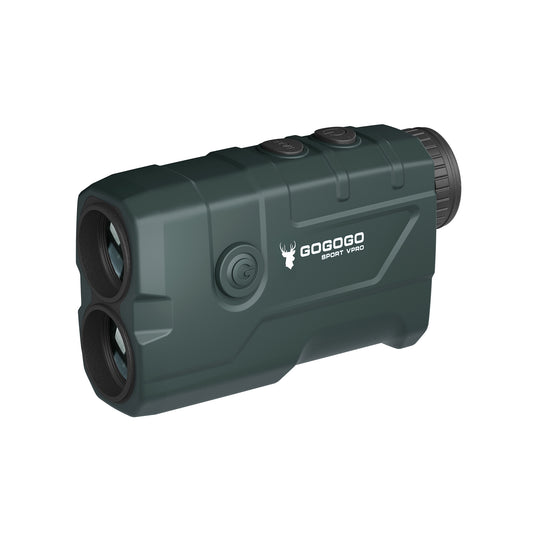
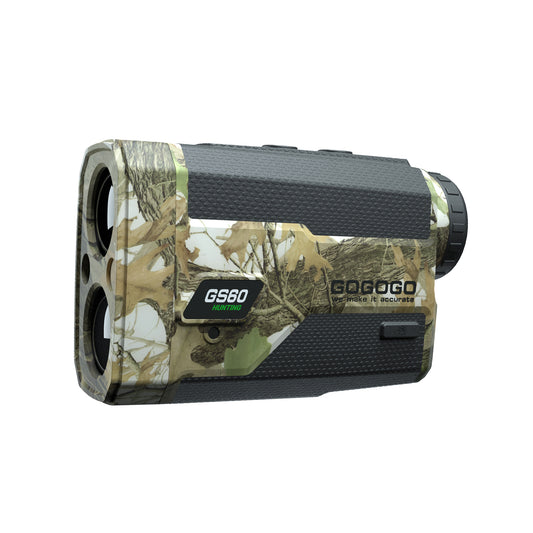
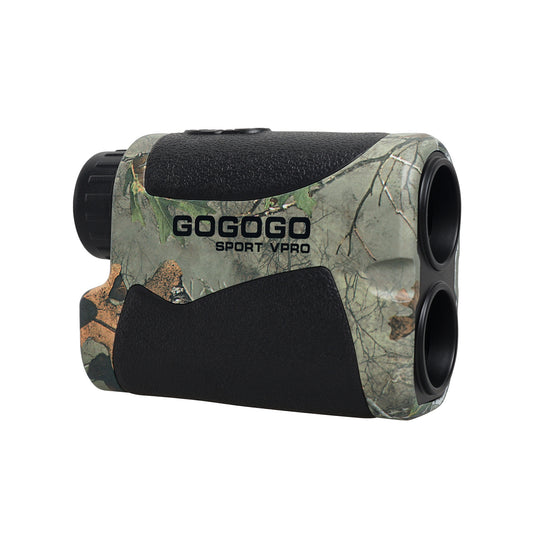
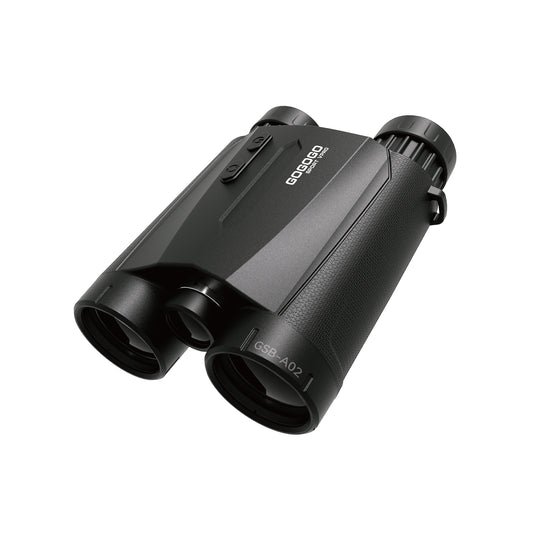
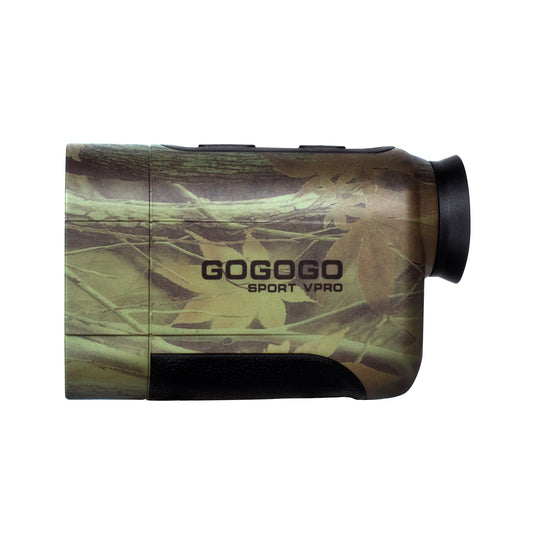

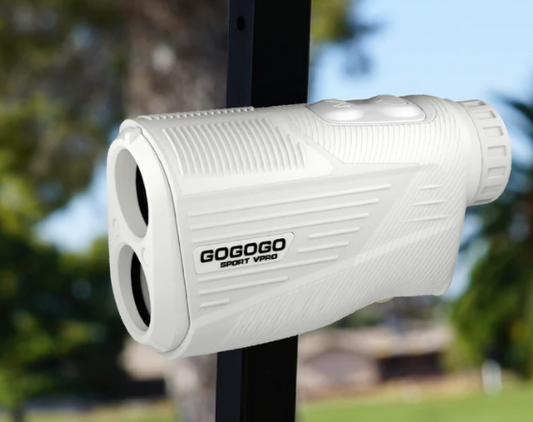

![[2025] The Ultimate Guide to Pinseeker Rangefinders for Golfers](http://gogogosport.com/cdn/shop/articles/gogogo_sport_vpro_pinseeker_rangefinder.png?v=1757993796&width=533)